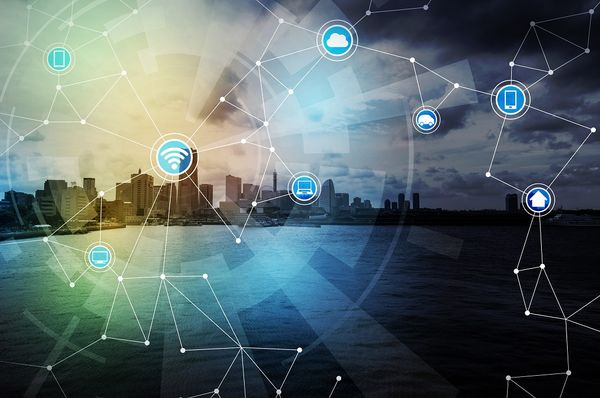IoT Could Generate up to $11.1 Trillion in Economic Value per Year by 2025

In recent years, the Internet of Things has received widespread attention from both consumers and industries eager to incorporate it into their daily activity. The market for networked connected devices is evolving and could generate economic value of up to $11.1 trillion per year by 2025, McKinsey estimates.
McKinsey researchers analyzed 150 use cases and zoomed in on the full potential of IoT, not only in vertical industries, but also on how these infrastructures can add real value for settings such as factories (operations management, predictive maintenance), cities (public safety and health, traffic control, resource management), the human setting (monitoring and managing illness, improving wellness), retail (self-checkout, layout optimization, smart customer-relationship management), outside (logistics routing, autonomous/self-driving vehicles, navigation), work sites (equipment maintenance, health and safety), vehicles (condition-based maintenance, reduced insurance), homes (energy management, safety and security, chore automation), offices (organizational redesign and worker monitoring, augmented reality for training). A significant problem is that most IoT data are not used for optimization and prediction, which could provide the most relevant insights.
“As they travel, consumers will benefit from IoT-managed roadways, self-driving cars, real-time public transit information, and planes that land and take off on schedule. At home, they can offload housework to smart appliances, save money on energy, and improve their health,” researchers forecast.
Although still young, IoT has grown in popularity as IoT applications become more practical at a low hardware cost. Analysts expect developing countries will offer the largest IoT potential in the next 10 years, yet advanced economies might still benefit more due to the higher value per se. Even if consumer-oriented applications could generate more economic value, the focus will be on B2B applications, which some expect will generate twice as much economic value as consumer applications.
“Business-to-business (B2B) applications can create more value than pure consumer applications. While consumer applications such as fitness monitors and self-driving cars attract the most attention and can create significant value, we estimate that B2B uses can generate nearly 70 percent of potential value enabled by IoT,” the report reads.
To maximize the value, companies will have to take several steps in developing a proper set of systems and processes to stimulate interoperability, safeguard infrastructure and protect privacy and intellectual property.
tags
Author
After having addressed topics such as NFC, startups, and tech innovation, she has now shifted focus to internet security, with a keen interest in smart homes and IoT threats.
View all postsRight now Top posts
How to Protect Your WhatsApp from Hackers and Scammers – 8 Key Settings and Best Practices
April 03, 2025
Outpacing Cyberthreats: Bitdefender Together with Scuderia Ferrari HP in 2025
March 12, 2025
Streamjacking Scams On YouTube Leverage CS2 Pro Player Championships to Defraud Gamers
February 20, 2025
How to Identify and Protect Yourself from Gaming Laptop Scams
February 11, 2025
FOLLOW US ON SOCIAL MEDIA
You might also like
Bookmarks








